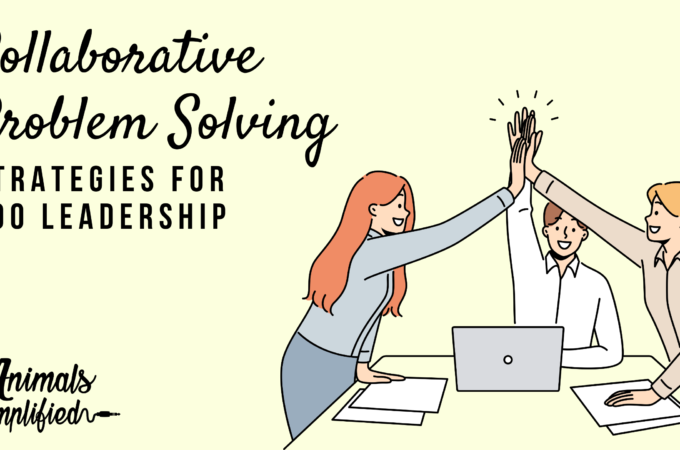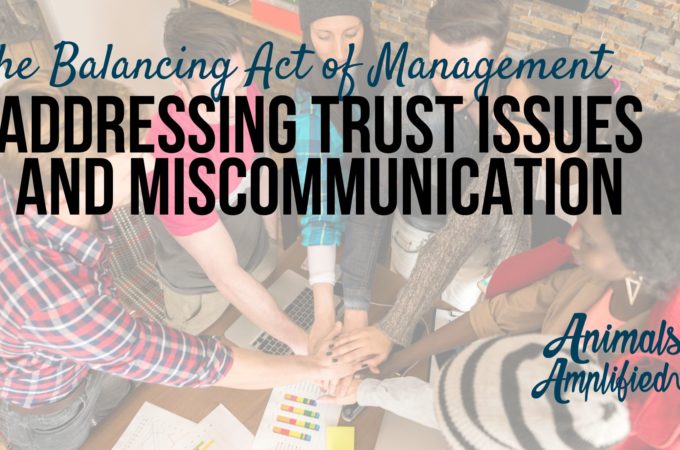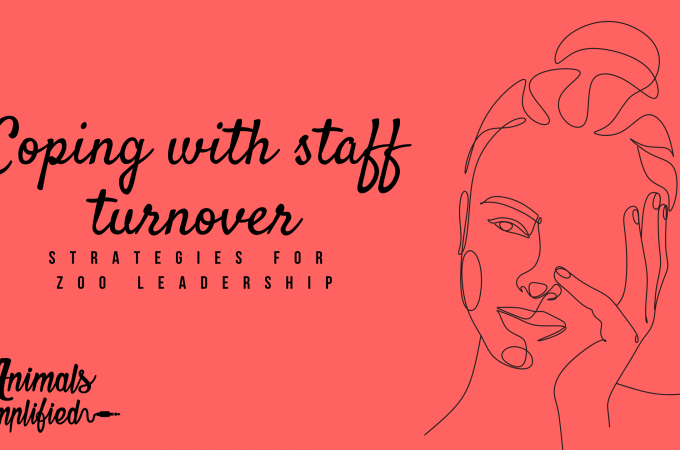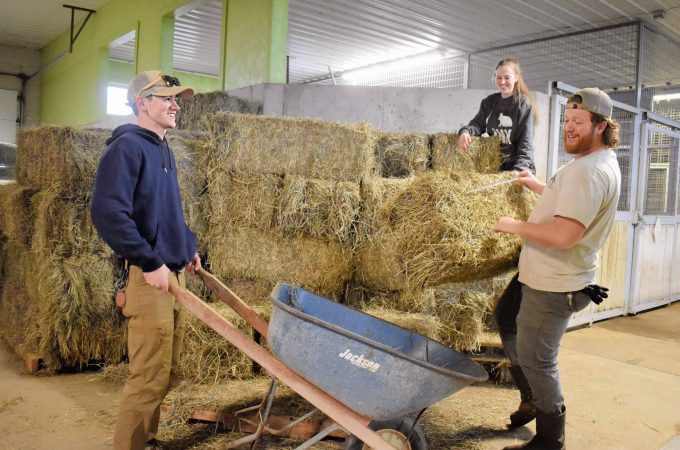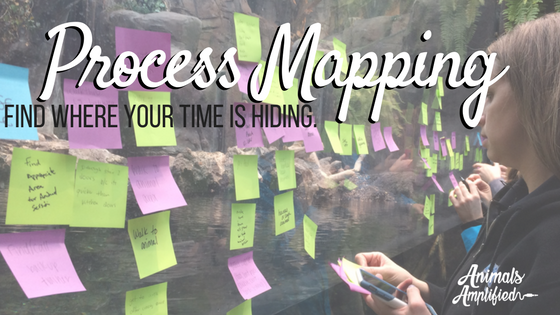
Process Mapping: Find where your time is hiding
When people think of assembly lines they usually think of Henry Ford. While Henry Ford took the assembly line and turned it up – he got the idea from an employee who has visited a slaughterhouse operation and had witnessed a “disassembly” line. The idea of the same person remaining stationary and doing the same task over and over is what appealed to the Ford Motor Company. In the zookeeping industry, not doing repetitive motions from day to day is part of the appeal of the job. Time is also often a limited factor in our daily routine. The marriage between efficiency and time management has a honeymoon with process mapping.
Process mapping has been around almost as long as the assembly line. There are six key steps to process mapping.
- Process identification – identifying objectives, choice, team members and work areas.
- Information gathering – the what, who, where and when about the work itself.
- The meat of the process – the mapping where we convert these facts into a process map. Think of it as GPS for getting from step one of the process to the end step.
- Analysis – picking apart the map and challenging each step of your process with “why?”
- Developing/installing new methods – cut out the fat of your process.
- Manage the process- we don’t just make things more efficient without reviewing the process routinely and monitoring for changes.
If you’re concerned with how many seconds there are in the day to get your job duties done – it’s likely you’d benefit from process mapping. Process mapping is all about squeezing every little bit out of your time be being lean and efficient. There are many different types of maps you can make regarding your processes. All involve critically looking at your process and picking it apart to the fine details. What’s necessary, what can be cut, where do time (or financial) costly errors occur, how much movement the process has, is there redundancies and so on.
The best real world example is when you’re grocery shopping. Do you make a list? Is your list written in the order that the store is laid out? How many times you do touch each item in your cart? How many times do you walk back and forth because you forgot something? Grocery stores are beginning to realize there is fat to be cut in the process of buying groceries. Some stores are beta testing items being scanned and added to your receipt as you put them in your cart – into your reusable bags of course. This cuts out many time wasting steps. Putting the food on the conveyor belt, scanning it, putting it in a bag, putting it back into your cart. A process that during Thanksgiving can take precious turkey baking time.
I used process mapping recently at my facility and nearly process mapped myself out of a job. A few years ago we started offering animal encounters. At first they were booked by word of mouth, small peanuts, took minutes out of my day each week to schedule and book one. But then the program grew, and grew, and grew. Eventually I was spending hours every day booking these encounters as opposed to spending time mentoring the team and training the animals. Something had to be done. I process mapped booking an encounter from start to finish. Process mapping is much like writing a training plan. You need to identify each step and each step needs to be small enough it can’t be broken down further. Once my process had been mapped I needed to time each individual step. It was taking me about 15 minutes to book an encounter, and even worse – it was taking guests over an hour, sometimes days, to get all the information communicated to get booked.
Next I looked for the defects. Where can costly errors occur (I wrote the phone number down wrong), overproduction (how many times did I have to write the phone number down on a post it note, reservation form, confirmation e-mail?), waiting (does this date work for you? Let me check. How about this date? Oh that’s already booked. How about this date? – you get the idea), underuse of talent or things (computers – the internet in this case), transportation (multiple handoffs of the task, poor organization), inventory (many encounters in limbo of being booked), motion (walking back and forth between the office desk and the encounters phone), excessive processing (can tasks be combined or eliminated).
My goal was to get the booking process down to 5 minutes for staff and 30 minutes for guests. Like many facilities, our resources were limited and we had to get creative. I created a free, online form that guests could enter all their information and ideal dates. When a guest inquired about the encounters we simply sent them the link to the form and a list of available dates. While this worked for a while, we still had errors, overproduction and underutilized talents.
I reached out to a company who offers online booking platforms for animal encounters and excursions (a free service for the facility, the cost is passed to the guests for a booking fee). I worked with them and our company for over a year to develop our booking platform, work out details, get approvals and go live. Our staff time to book a meet and greet is now 0 minutes. ZERO. Guest time is approximately 5 minutes. In the first month of the booking platform we doubled our sales. We had made it that much easier for guests to book encounters. Our process is lean and the time savings, money savings and benefits is paying off in dividends.
What areas in your organization could use some fat trimming? A great place to start is the most time consuming process of your day. Map it out, time each step and trim the fat. The time you take mapping your process can save you valuable time and even money in the long run. As the old verbiage goes – you need to spend money to make money!

